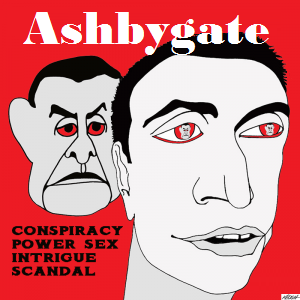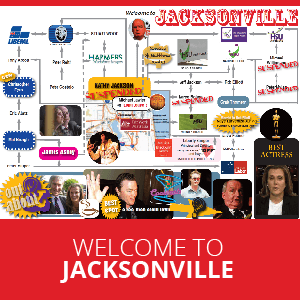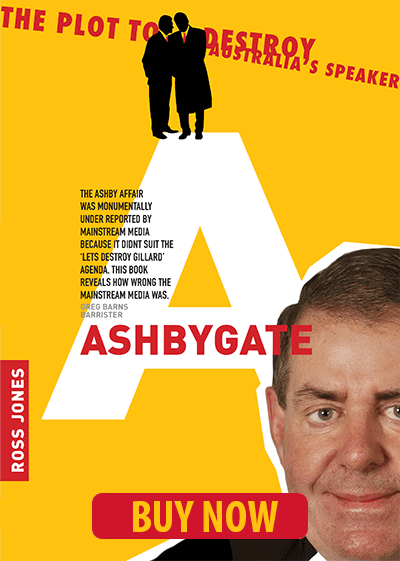As the Close the Gap campaign marks its tenth anniversary, many Australians are demanding strong, decisive action in the movement towards equality. Adrian Arndt reports.
SORRY, BUT how far have we really come?
It was 9.00am to the minute on 13 February 2008 when then PM Kevin Rudd stated the following:
“We today take this first step by acknowledging the past and laying claim to a future that embraces all Australians.”
The first action of the second sitting day of the 42nd Parliament of Australia delivered a pivotal moment in Australian history and something that many had long been waiting to hear.
This symbolic moment was viewed by many as a turning point for Indigenous Australians. A recognition of past ills, perpetuated by a frightening lack of support from those in a position to drive positive change. One could be forgiven for thinking that the 13th of February 2008 would forever be remembered as the day that Australia wrapped its collective arms around our First People.
Fast forward eight-and-a-half years. Australia has seen four prime ministers, a double digit increase in our population, sporting dynasties created, national heroes born and a female Melbourne Cup winning jockey.
However, when we do a health check of our nation, the facts aren’t ones to celebrate. In some parts of Australia, the average life expectancy of Indigenous men is 49 years; the same as Sierra Leone. The fact that Indigenous juvenile detention rates are 24 times higher than the rate for non-Indigenous youth. The fact that only ten per cent of Aboriginal children graduate from year 12.
With these statistics in mind, we go back to that pivotal day in February. The day that marked a call to harness the strengths of our nation to break the cycle of Indigenous disadvantage. The question now, even to that same casual observer, is: How far have we really come?
I was recently reading a book that posed the poignant question: What is your "why"? On the surface, it is a simple question, but one that has an array of meanings. In the context of our Indigenous population, these meanings are even more telling as years of disadvantage taint the hopes and dreams of many. For me, my "why" was born out of an appreciation of my own circumstances, but also an obligation to acknowledge and work towards improving the circumstances of our first people.
I am a proud product of immigrants who came to this country in search of a better life. I was not born into significant wealth but I was born into a family that valued hard work, honesty and the rewards that come of that. I was taught the power of forgiveness, the strength of love and the importance of sacrifice.
I was put through the private school system but also reminded of the need for humility and the grace of being humble. It was in this Catholic environment that I came to understand and appreciate my good fortune, but also the misfortune that existed around me. Over time, rather than the Catholic faith, social justice became my "church" and I began to invest time in not only trying to understand the social issues of the world I was born into, but also developing a strong sense of duty to do something about them.
Coupled with my time spent in Indigenous communities, it is these lessons that formed the basis of my own moral compass. This awareness allowed me to explore, develop and refine my own "why" and passion in "closing the gap", and ultimately driving equitable opportunity for our First People.
Close the gap | James Fitzpatrick | TEDxPerth. Published 27 January, 2015.
Spending time in community only reinforces the depth of the issues that too often are met with deafening silences. Tamworth is a town of wealth, hard work and golden guitars, but also a town faced with its own challenges.
There is the story of an Indigenous teenager, 17 years old and one of five children, who recently became the first in his family of three generations to complete high school. There are other similar stories. All inspiring and deserving of praise. However, at present, these stories are not the norm.
Each time I am in Tamworth, I see first-hand the cruel reality of substance abuse. I drive through suburban streets where the number of burnt-out houses can sometimes outnumber those that are standing. I share lunch with kids who won’t get another meal that day. Good kids, with good intentions, who through no fault of their own are born into a cyclical problem that very few are able to overcome.
Looking back to that significant day in 2008, the cynic in me can’t help but question whether it was another example of the beast of politics taking precedence over the significance of the action. This isn’t to say that there aren’t organisations trying to minimise obstacles in order to break the cycle.
The rate of “at-risk” youths in Tamworth – almost 60% higher than the states – and the number of youths in out of home care – more than 40% above the state average – puts these obstacles into a clear perspective. Tireless amounts of effort are put towards making change, going above and beyond. However, these efforts, as telling as they are, can only go so far.
Looking purely at numbers doesn’t always tell the full story, but it can point to a trend. The challenges faced in Tamworth are not isolated and can be seen in a number of communities, particularly Kempsey. Foetal alcohol syndrome, a horrible condition acquired through no fault of those affected, is prominent.
The story of a five-year-old boy who felt the need to take extra food to hide in bushes so he was guaranteed a meal that night still gives me shivers. These challenges perpetuate disadvantage and only drive further the gap in health and education between Aboriginal and non-Aboriginal Australians.
In 2005, then Aboriginal and Torres Strait Islander Social Justice Commissioner, Professor Tom Calma AO in the Progress and Priorities Report of the Closing the Gap Campaign Steering Committee said:
“It is not credible to suggest that one of the wealthiest nations in the world cannot solve a health crisis affecting less than 3% of its citizens."
The launch of the Close the Gap campaign in 2006
From this came the Close the Gap campaign in 2006, which ultimately led to the much sought after apology in 2008.
As the Close the Gap campaign marks its tenth anniversary, Australians are demanding strong, decisive action. As varied as each of our backgrounds and experiences are, ultimately, if we are not making our society a better place, what are we really doing? It is the responsibility of this generation to ensure the government makes good on their promises of 2008.
Whether it be in the form of resources, or funding, we all have a significant role to play in "Closing the Gap" for our First People.
That is my hope. That is my goal. That is my passion. And importantly, that is my "why".
What’s yours?
You can follow Adrian Arndt on Twitter @aarndt20.

This work is licensed under a Creative Commons Attribution-NonCommercial-NoDerivs 3.0 Australia License
Monthly Donation
Single Donation
Get more! Subscribe to IA for as little as $5 a month.









